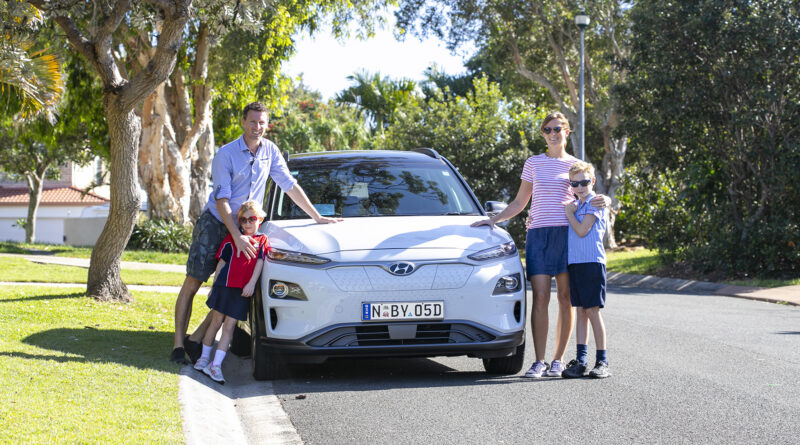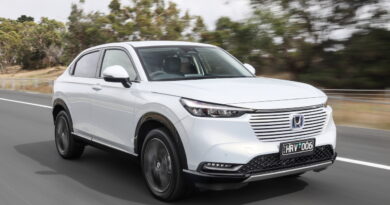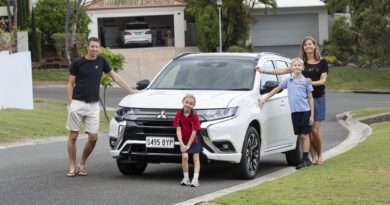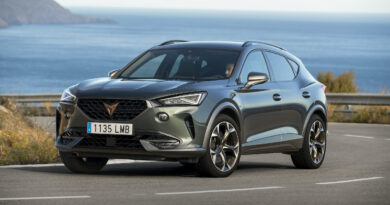Making the change: what it’s really like to live with an EV
Reports suggest nearly 60 percent of Australians are considering an electric car as their next vehicle. Hooray for us, but with practically none of we Aussies having any first-hand experience of an electric car, do we know what we’re letting ourselves in for?
My experiment is simple. Live with an electric car for one month and give an honest report about the good and bad bits. It’s not a car review but a review of what electric vehicle ownership is like right now in Australia.
I’ve owned 23 petrol-powered cars over my last 26 years (my wife’s the understanding type), so my transition to electricity from fossil fuels will be as giant a leap as it would be for most of you readers.
Weapon of choice is the Hyundai Kona Electric. It’s not the cheapest EV at around $63,500 drive-away (our range-topping Highlander is over $70,000 on-the-road), nor the fastest, most luxurious or boasting the longest range.
Instead, it’s an impressive all-rounder. Desirable small SUV shape, five seats, useable boot, a decent sized 150kW/395Nm electric motor helping it hit 100km/h in just over seven-seconds, and a hulking 64kWh lithium-ion battery for (hopefully) a real-world 450km range.
EV life begins
Our life is a pretty typical Australian one. Mum and dad work in between managing school drop off/collection, after-school sport/activities and playdates for our eight-year-old son and five-year-old daughter. We also enjoy the odd weekend away – bush and city – with our round-trip to Brisbane totalling 250km.
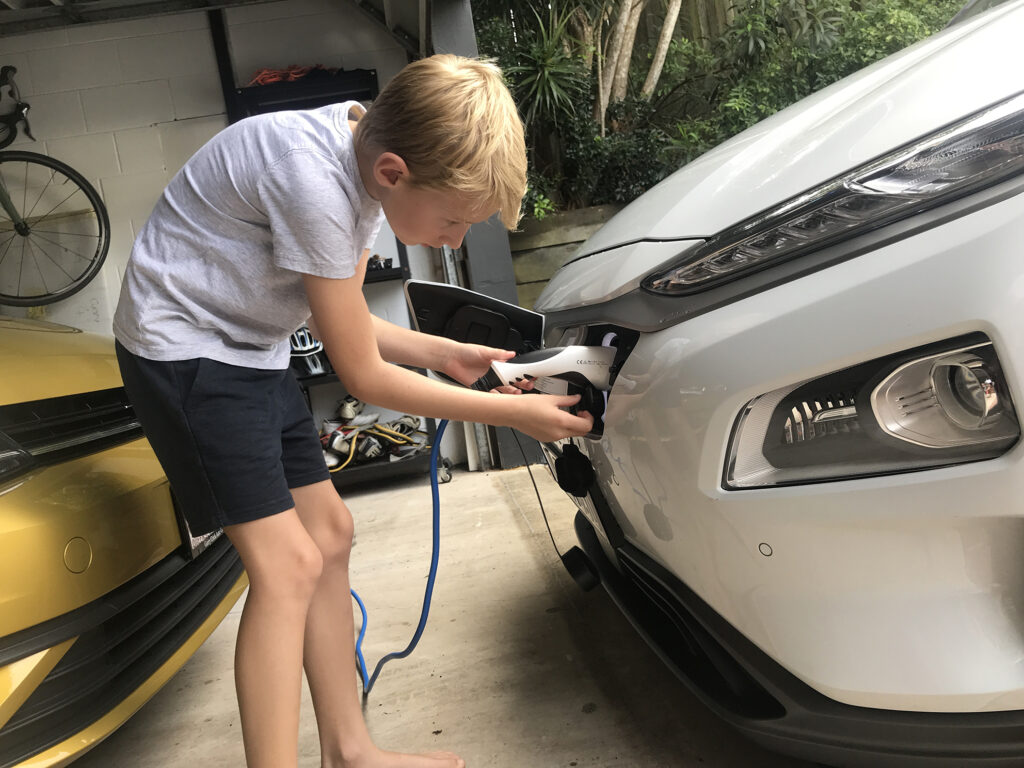
As our EV adventure started, it became clear in these first few days that the transition to an electric car seemed uncomplicated and rather enjoyable.
First up, there’s nothing to fear on the driving front. You put an EV into gear, press the accelerator to go and the brake to stop. Easy. Something like the Kona Electric drives very much like your normal petrol/diesel car, and reality is you quickly forget it’s electricity rather than fossil fuels providing your go-juice.
Regenerative braking – where the car harvests energy back to the battery when you lift off the throttle – is the biggest difference with the drive experience.
In the Kona EV you can turn this completely off and do all your slowing with the brake pedal, or steering wheel paddles give you the choice of three settings to increase or lessen the regenerative amount. The most powerful level three – which sends most energy back to the battery – means you don’t have to brake at all if you time things right, so effective is the slowing down.
Does it make a sound? Yes, but it’s subtle and whirry, a bit like a quiet sci-fi spaceship. At low speeds the Kona Electric emits a little noise outside to alert pedestrians (handy in supermarket carparks) – it’s a manufactured sound that Hyundai’s created and it’s a little like a choir of angels humming. In other words, really quite pleasant.
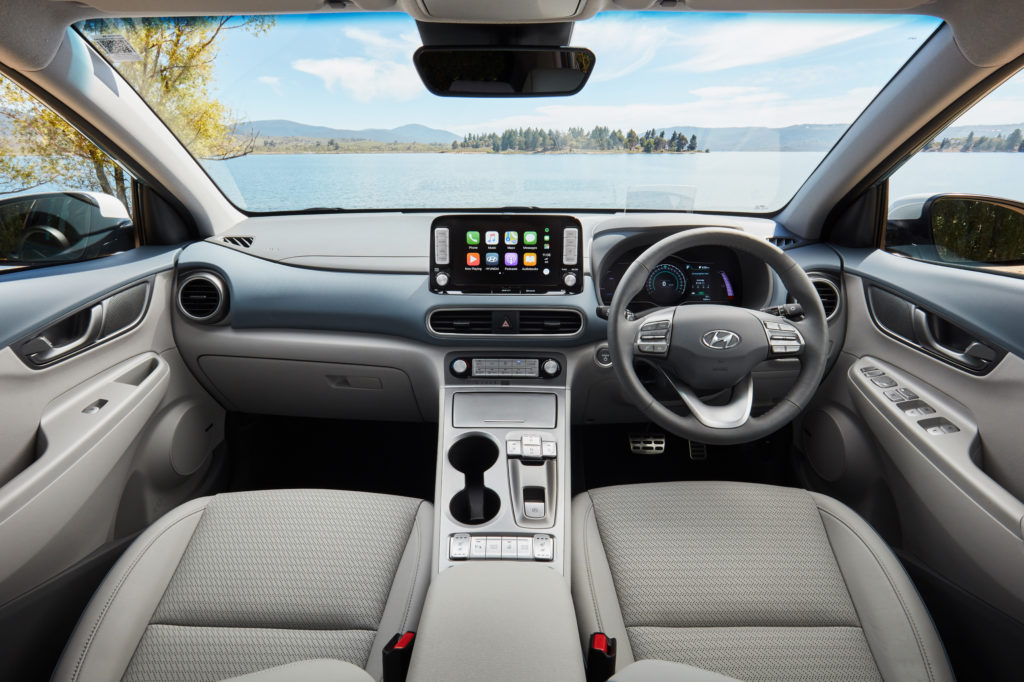
Ways to charge
The most common questions I get asked are about electric car charging, so here’s the reality. I collected the Kona fully charged (430km range showing with air conditioner on), and my 125km drive home saw range drop to 302km. Good prediction, car.
There’s a battery level gauge on the dashboard in the same spot you’d normally find your petrol or diesel level. You can opt to have battery percentage on display too – much like your smartphone – but I notice this immediately caused range anxiety in my dear wife, Jules.
“When my iPhone shows a battery level below 50 percent I need to plug it in,” she explained, echoing the thoughts of many. “As soon as the car’s battery level is near half way I don’t want to drive it, I want to charge it.”
Funny, we don’t feel this way when we’ve only got half a tank of unleaded. I only bother going to a petrol bowser once the fuel warning light goes on. We’re so used to seeing fuel stations every few kilometres – many open all-hours – that petrol or diesel range anxiety isn’t really a thing. So yes, until there are more public recharging stations, you do have to plan your journeys with an EV.
So, charging. We quickly learn public fast charging is the ideal. This can be done at DC (direct current) charging stations, and if you’re lucky, there’ll be one very close to your home, work, or anywhere you regularly park up for, say, an hour. A 50kW public fast charger gives the Kona Electric an 80% charge (or about 360km) in 75-minutes.
No such luck for us. Closest 50kW fast charger is 22-kilometres from home, or about a 25-minute drive. There’s one at a hotel only four kilometres away, but it has only a CHAdeMo charging port (works with EVs such as the Nissan Leaf and BMW i3) and not the Type 2 connector our Hyundai needs. A bummer, as the hotel lets you charge for free even if you’re not a guest.
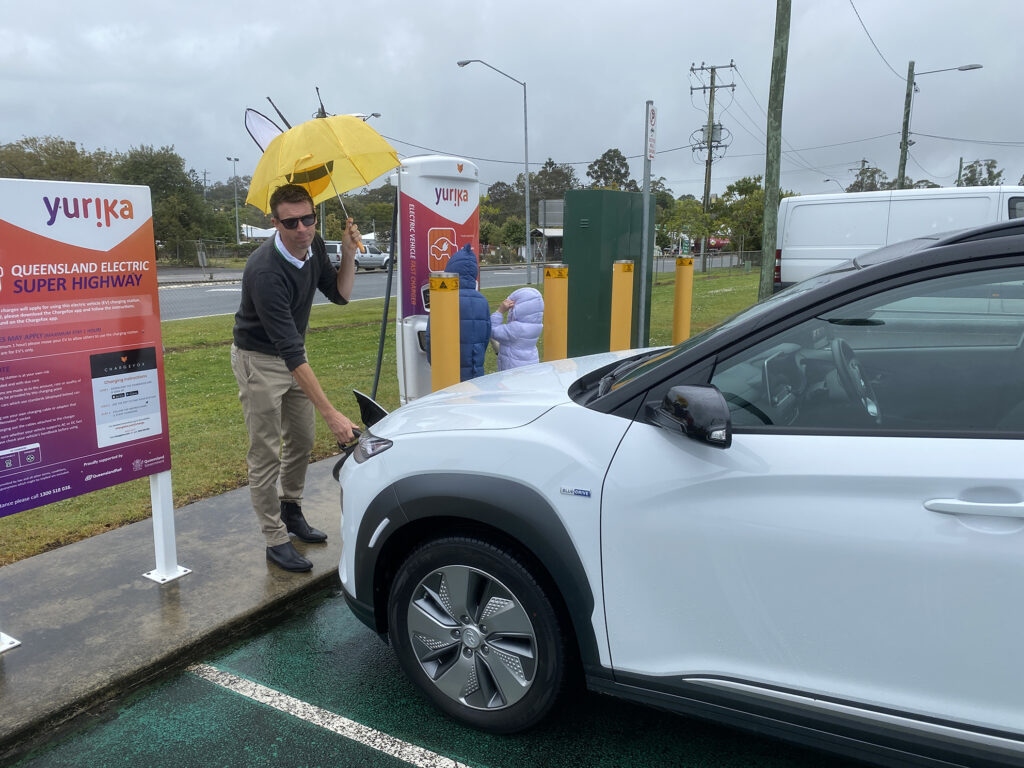
Paying for electricity
You can find your nearest fast charger by downloading the PlugShare app on your phone. This tells you a location’s charger types, opening hours, cost and any amenities at the site.
To charge here, if it’s not free, you need to download another app called Chargefox. You set up an account with your credit card and your card’s charged directly once you finish charging. The app lets you know if the charge port is currently available, and once there, you plug in and you can see on your phone exactly how much charge you are gaining.
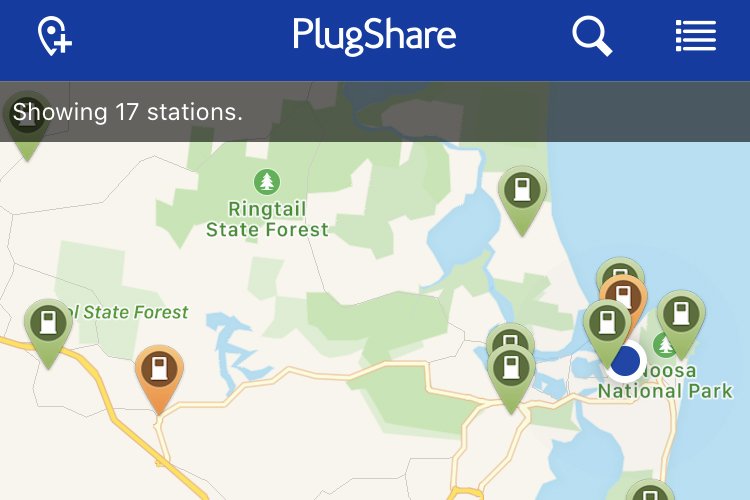
Level 1 or Level 2 charger locations (green).
Plain sailing? Not quite. My phone was playing up so we had to download Chargefox on my wife’s phone, which took an age as internet signal wasn’t great. Oh, and it was raining very heavily so the kids and I got a soaking while getting set up.
We planned to take the kids to the local library while the car charged, but as it was a public holiday in the region (we didn’t realise), it and most of the town’s shops were closed. We grabbed a quick coffee and cut our losses.
We ended up charging for 37 minutes, and this took us from 29 percent battery charge to 63 percent, and a gain of around 150-kilometres. The cost? $5.41. Not bad at all, except for the 44-kilometre round-trip we’d made to charge.
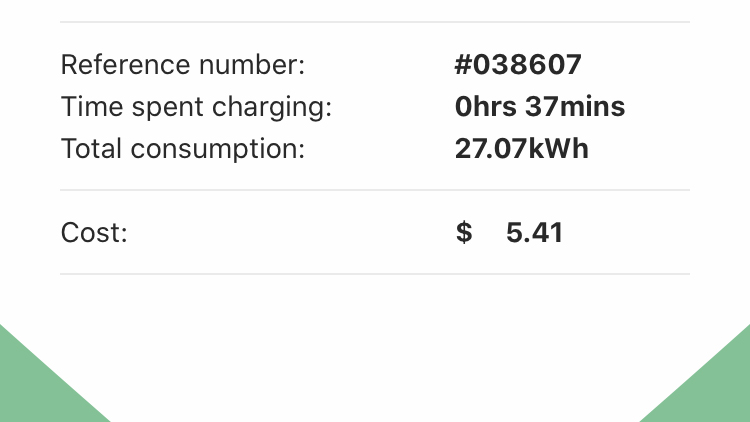
But be aware there can be huge discrepancies in what you’ll pay to charge at public stations. You may get lucky and find a free fast charger, and the above bill on Queensland’s Electric Super Highway is Queensland Government subsidised so is very good value.
On a 400-kilometre family road trip I used a fast charger at services on the Bruce Highway, operated by Evie. I downloaded its app (I have many electric charging apps on my phone now) and began recharging.
The app let me know how much charge I’d received, and the cost. After spending the same $5.41 as I had on the Electric Super Highway charger, the Evie charger had provided me only 9kWh charge – about a third of what I’d got for the same money.
Paying triple the dollars for the same amount of energy grated, so it was just a quick fill. To my mind, this would be like filling your car up for $3.00 per litre of unleaded, or travelling 30km down the road and filling up for $1.00 per litre.
It wasn’t a terribly nice recharging experience either. Not even a simple bench to sit down on while the car charged, unless you wanted to wander into the McDonalds behind. EV owners may prefer their lunch stop to have better choice than just fast food outlets.
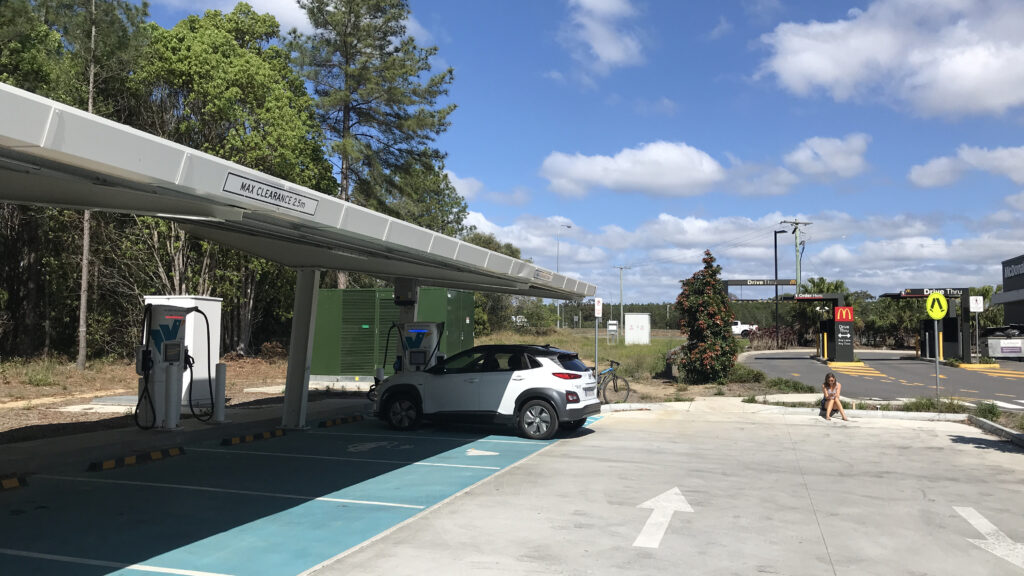
Charging at home
While we love the speed of a fast charger, travelling specifically to the charge station isn’t practical. Hyundai provides a charging connector that works with a domestic socket, so that was our next trial. Our house has a garage (I know many city-dwelling Australians don’t) making the charging safe and easy.
As an example, I arrived home from work at 5.15pm and plugged the Kona in with 36 percent battery charge remaining and a range of 159km. To show how long charging with a domestic socket takes, the car told me (on the dashboard) it would take 23 hours and 40 mins to reach 100 percent charge at our charge rate of 2.3kW.
That may sound terrible, but let’s be realistic. I kept it on charge until leaving to drop the kids off for school at 8.15am the next morning. Battery was at 78 percent and range was 377 kilometres. Don’t know about you, but I very rarely travel that sort of distance in a day.
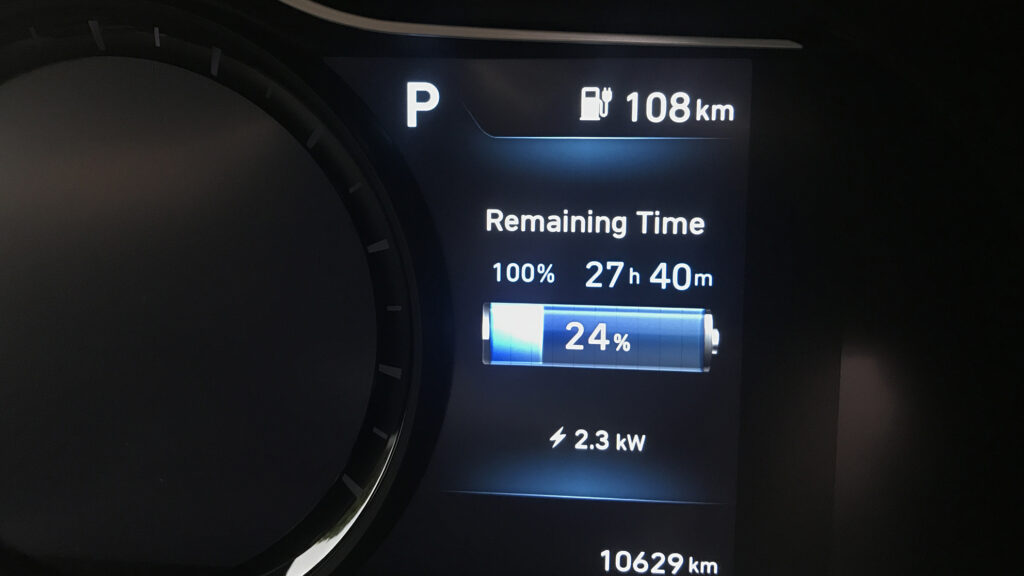
How much do I pay for my charging? Our electricity company charges me $0.28 per kWh. The average consumption of the Kona Electric is around 13kWh/100km. The simple sum of 13kW x 0.28 gives a price of $3.64 per 100 kilometres. Our VW Golf averages 6L/100km of petrol at about $1.50 per litre, or roughly $9.00 per 100km. Quite compelling.
With no solar at our house, I’m acutely aware we’re just moving the emissions from our tailpipe to a coal-fired power station. Without question, I’d not own an EV unless we had fitted – or were planning to fit – solar panels.
As an aside, Hyundai will sell you a $1950 Hyundai AC wallbox charger to fit in your garage which will cut the 80 percent home charging time to a little over nine hours.
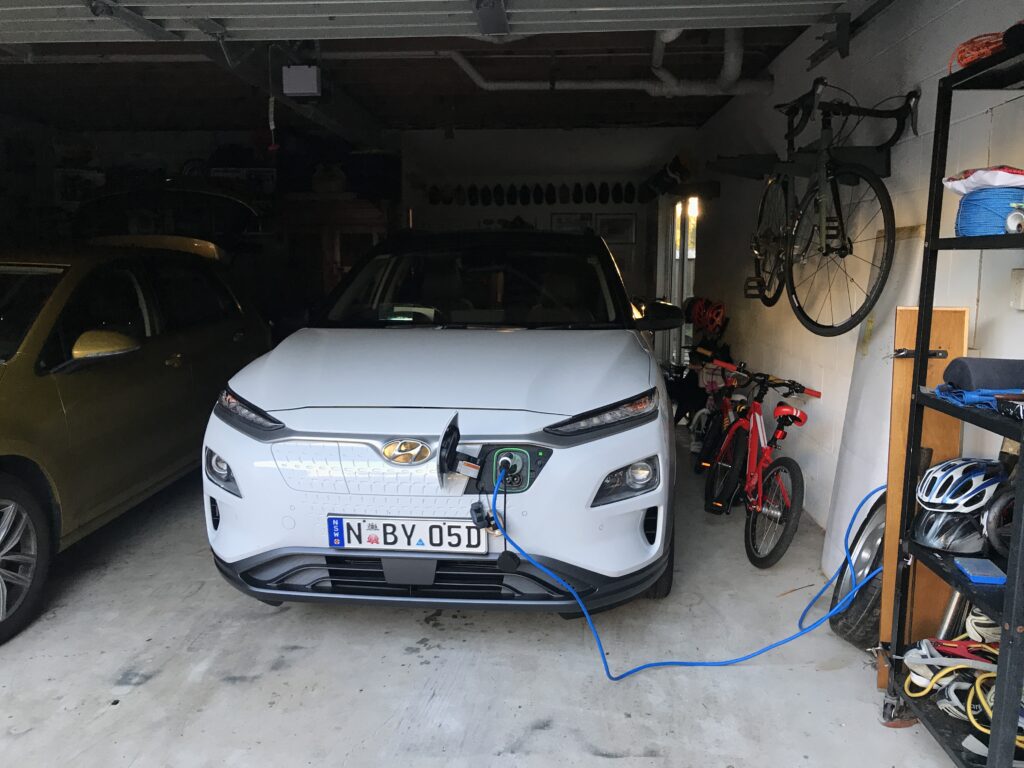
Next generation’s choice
You’ll find today’s kids love electric cars. While we may have got all frothy for V8s in our childhood, the younglings of today are savvy with iPads, smartphones and laptops. Give some of them a book and they try to sideways swipe the cover to open it.
Seriously though, they’re used to everyday things having batteries needing recharged. Plugging a car in is not a huge departure for them, and our findings were that our children, and others, love the excitement of the new. An electric car is the latest technology, and they love this while many nostalgic grown-ups resist it.
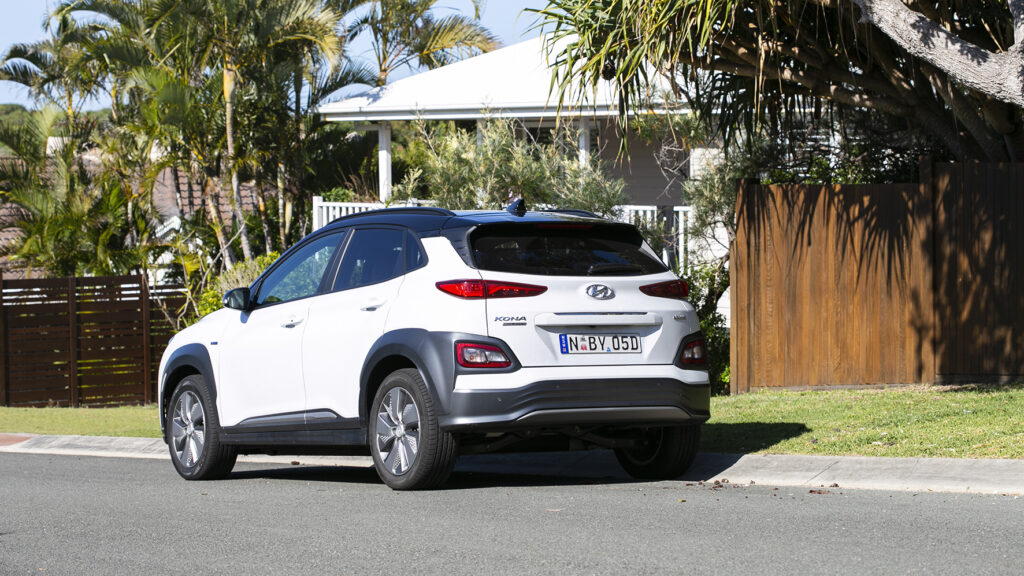
I asked my son (eight) why he liked the Kona EV. “Because it’s good for the environment, we’re saving the planet and you’re not killing the Great Barrier Reef like you are with your petrol cars and motorbike.” Thanks for the guilt trip, son.
HIs argument was simplistic, but a real positive that he’s learning why society’s making the shift from fossil fuels to electric power in our vehicles. A good job, as I’d imagine he’ll probably drive only electric or hybrid cars when he gets his license in a decade.
Our daughter (five) said she liked the Kona EV’s “turbo boost” (she may have picked that up from her dad). There may be no real turbos involved with an electric car (even if Porsche insists on putting a Turbo badge on its Taycan EV), but it’s clear its instant torque and impressive acceleration left its mark on her.
In conclusion, our overall positives included how easy it was to transition to electric life, the ease of charging once your brain adjusts to needing to plug in rather than fill up, and how cheap your travel can be. Home electricity charging is very good value, but if you can find a free fast charger it gives you a warm, fuzzy feeling inside. Especially when you drive past a servo and know you’re basically getting free travel.
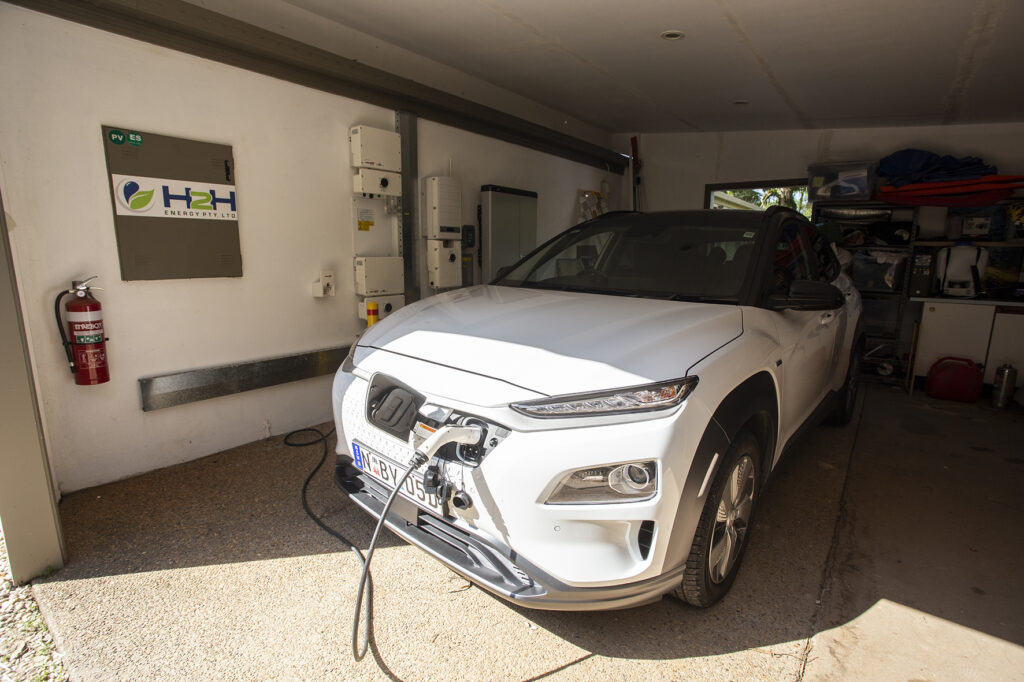
The car’s range was impressively accurate. Over 1650km we averaged 13.7kWh per 100km, making the 450km range achievable. It was at its least efficient when cruising at speed on the motorway, but our average energy consumption per kilometre went down in slow moving traffic and around town. EVs, seemingly, are made for urban living.
While we quickly adjusted to the regenerative braking, the Kona Electric didn’t feel at its best on wet roads. When having to use the brake pedal it could sometimes feel a bit grabby, and on the slippery road surface the eco tyres (there for less rolling resistance and longer range) didn’t offer much grip. If I owned one I’d upgrade to a decent set of tyres and sacrifice a bit of driving range.
Price is of course the biggest barrier. At $70,000 on the road the Kona Electric is around twice the price of the Kona petrol with similar specification. Until that changes and electric cars are closer in price to their petrol/diesel equivalents, there’ll be a struggle.
Interestingly, both my wife Jules and I agreed if the Kona Electric was exactly the same price as the petrol version, we’d choose the electric car. Now we’re back in our petrol VW Golf we miss the instant shove of the electric car’s motor, its quietness, ease to drive and the feeling that we’re lessening our carbon footprint.
As a car enthusiast I’m not ready to live without a petrol car yet. But if an electric car could be my daily driver for the mundane school run and highway cruise and I could keep a fun, occasional petrol car for weekends, I’m ready to sign up. Once I can afford one, that is.

